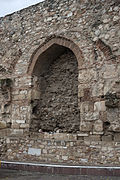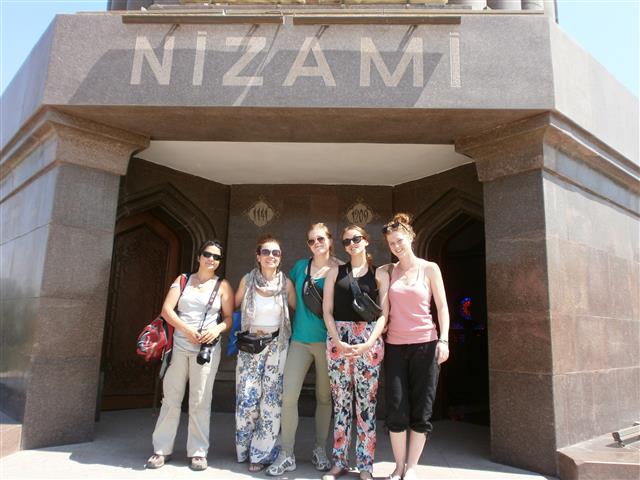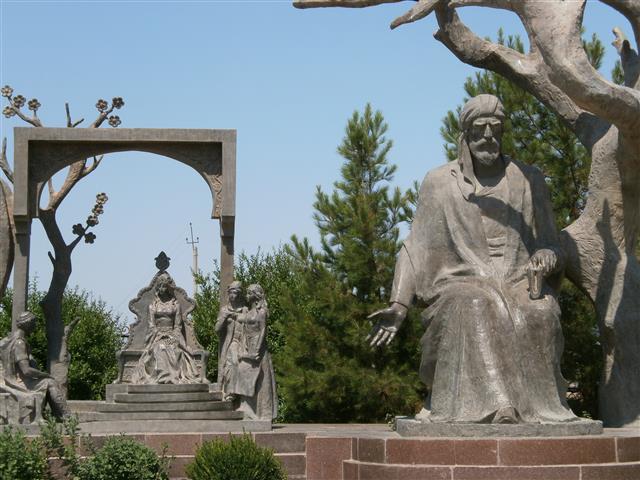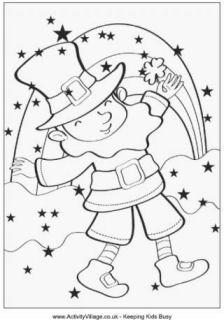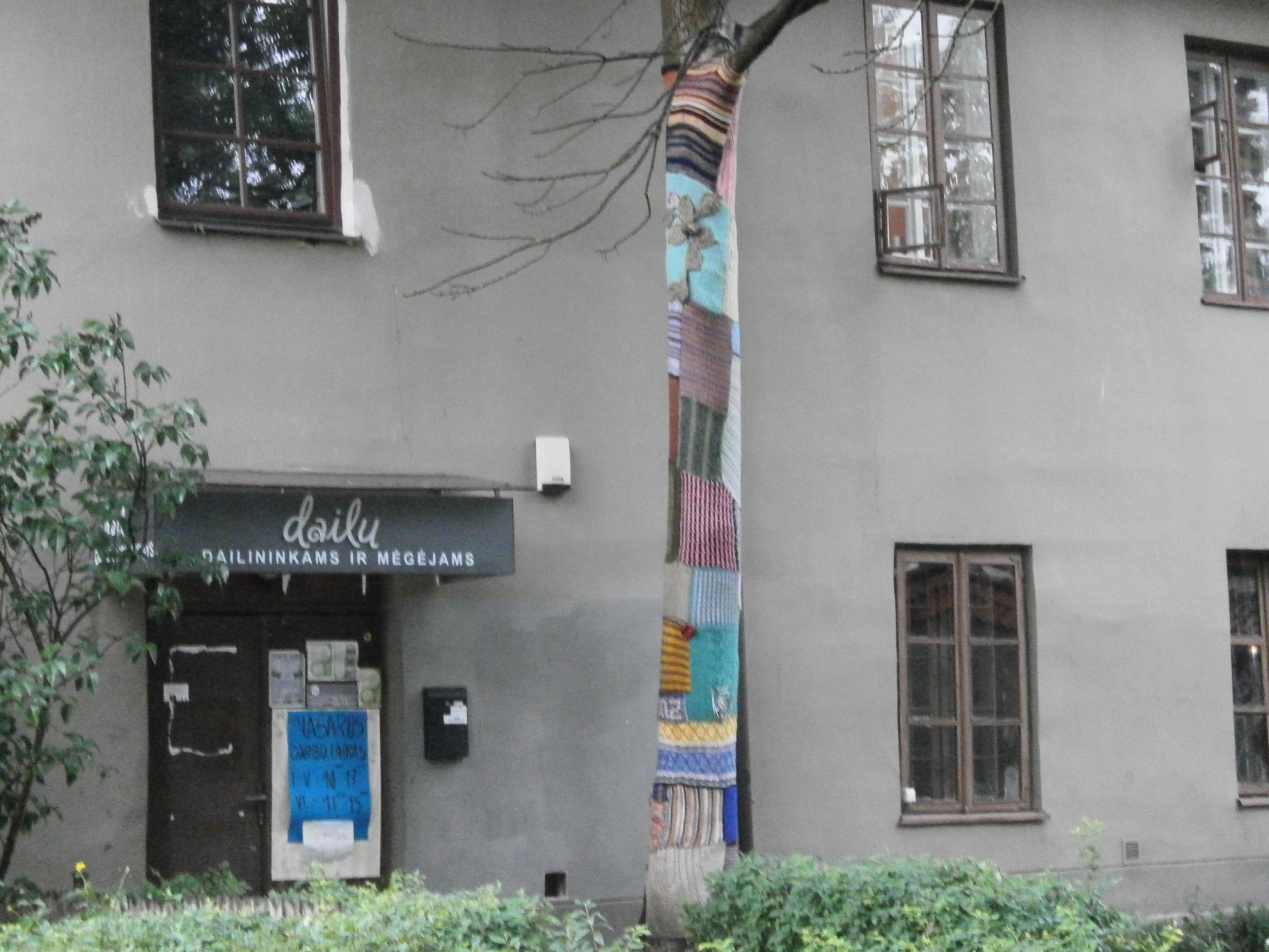Δυο άρθρα γεμάτα ποίηση
από την εκπαιδευτικό του σχολείου μας, Νάνσυ Γκιτέρσου
21 Μάρτη: Παγκόσμια Ημέρα Ποίησης, 21 χρόνια φέτος από τον θάνατο του ποιητή μας Οδυσσέα Ελύτη και στην ομιλία του στη Σουηδική Ακαδημία, όταν πήρε το Βραβείο Νόμπελ, είπε: «στο μάκρος 25 αιώνων, δεν υπήρξε ούτε ένας, επαναλαμβάνω ούτε ένας, που να μη γράφτηκε ποίηση στην ελληνική γλώσσα».
Η ποίηση έρχεται από μακριά, από την εποχή που ήταν προφορική. ‘Έχει τις ρίζες της στην ανθρώπινη ανάσα’. Είδος ποίησης είναι και το τραγούδι-όταν τα παιδιά πηγαίνουν στο Νηπιαγωγείο, μαθαίνουν τραγουδάκια!
«Η ποίηση είναι ένα αίνιγμα από συνηθισμένα λόγια», λέει ο Τάσος Λειβαδίτης. Κι ο Γιάννης Ρίτσος: «Το ποίημα ξεπηδάει από μιαν ανάγκη να αποδοθεί η σιωπή, από μιαν εντολή ανθρώπινης προϊστορίας, ιστορίας και μεθιστορίας. Μια εντολή που δίνεται στον ποιητή άθελά του και εκφράζεται μέσα από αυτόν».
Ο Νίκος Καρούζος γράφει: ¨Η ποίηση είναι παντού και πάντοτε, ακόμη και στη σύγχρονη φυσική και τα μαθηματικά. Αλλά, ως γλώσσα συμπυκνωμένης έντασης, ποίηση είναι η τέχνη του ποιητή».
Στίχοι του πρόωρα χαμένου ποιητή Γιώργου Σαραντάρη: «Δεν είμαστε ποιητές» σημαίνει: φεύγουμε. Σημαίνει : εγκαταλείπουμε τον αγώνα, Παρατάμε τη χαρά στους ανίδεους, Τις γυναίκες στα φιλιά του ανέμου και στη σκόνη του καιρού. Σημαίνει πως φοβούμαστε και η ζωή μας έγινε ξένη, ο θάνατος βραχνάς!
POETRY=ΠΟΙΗΣΗ
Αν αναζητήσουμε τη ρίζα/ την προέλευση της λέξης , είναι Ελληνική. Το βλέπουμε καλύτερα στη λέξη: ‘POET’= «ΠΟΙΗΤΗΣ» και ‘POEM’= «ΠΟΙΗΜΑ»
Η ποίηση, στην ουσία, είναι παιχνίδι. Χρειάζονται δύο για να παιχτεί: ο συγγραφέας-ποιητής και ο αναγνώστης.
Η ποίηση είναι μια μικρή ιστορία πλούσια σε φαντασία.
Η ποίηση είναι ένα είδος μουσικής, μιας και έχει τόνους σε κάποια σημεία και παύσεις σε άλλα. Επίσης, η περιγραφή είναι ένα στοιχείο της ποίησης που συνδέεται στενά με τη ζωγραφική και τη γλυπτική.
Η ποίηση είναι γλώσσα εκφραστική με λέξεις που απευθύνονται σε καταστάσεις που περνάμε, σε περιστάσεις της ύπαρξής μας στις οποίες βρίσκουμε τον εαυτό μας.
Η ποίηση, όπως είπε και ο Άγγλος ποιητής και φιλόσοφος Κόουλριτζ, βάζει την ψυχή μας σε δράση. Μας κάνει να καταλάβουμε τι σημαίνει να ζεις στον κόσμο. Τι σημαίνει ν’ αγαπάς ή να θυμώνεις με κάποιον, να παρατηρείς τη φύση: ένα ηλιοβασίλεμα, τα κύματα, τα πουλιά, … Τι σημαίνει να μαθαίνεις τις χαρές της απλής ζωής, όπως τις εκθειάζει στο ποίημά του: ‘Under the Bamboo Tree’ ο T. S. Eliot.
Διαβάζοντας ή ακούγοντας ένα ποίημα για πρώτη φορά, μοιάζει λίγο με την πρώτη συνάντησή μας με κάποιον άνθρωπο. Μερικά ποιήματα, όπως και κάποιοι άνθρωποι, δείχνουν να μας ‘μιλάνε’ αμέσως-τα καταλαβαίνουμε γρήγορα και εύκολα. Άλλα μας φαίνονται κάπως περίεργα και μας φέρνουν σε αμηχανία. Ας είναι η αντίδρασή μας σ’ αυτά μια προσπάθεια να τα καταλάβουμε, αποφεύγοντας τυχόν παρεξηγήσεις!!!

